Duo SAI HLE Release a new single ‘Ubumnnd’
There is a pulse to South Africa’s sound that refuses to be contained, and few embody it more vividly than SAI HLE. The sister duo of Amahle and Siphosethu Koom have arrived with UBUMNND, a radiant new single that celebrates joy, freedom, and the beauty of shared moments. The song marks the beginning of a thrilling new chapter for one of the most promising acts emerging from the country’s vibrant Amapiano and Dance music landscape.
Infused with warmth and rhythm, UBUMNND captures the essence of South African groove culture while carrying a universal message that transcends borders. Sung in a fluid mix of Xhosa, Zulu, and English, the track is both intimate and expansive, echoing the duo’s belief that happiness is found in community. Their harmonies float effortlessly over an infectious beat, creating a sound that is soulful, magnetic, and unapologetically joyful.
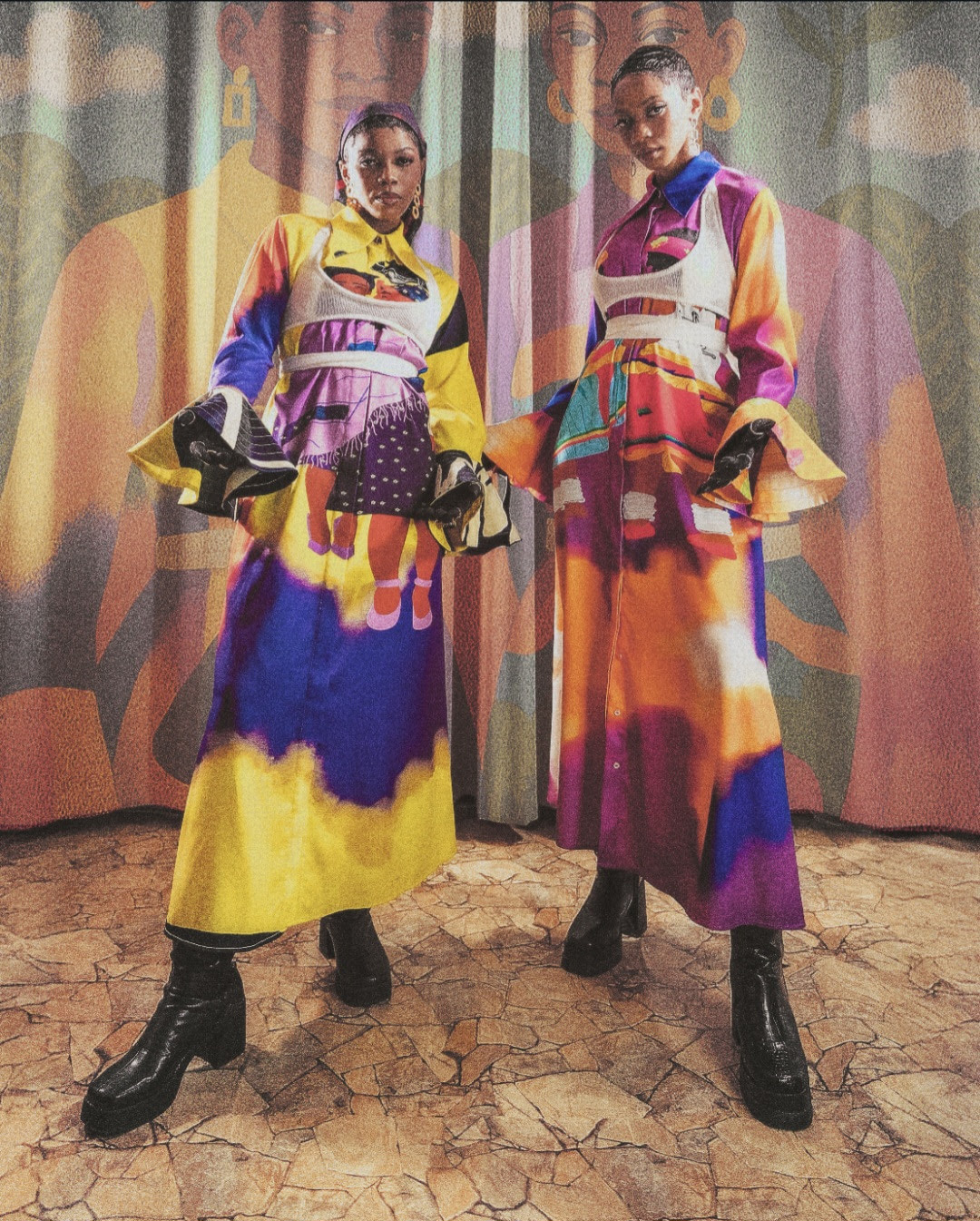
“UBUMNND is a piece of our heart,” the sisters share. “It’s about that incredible feeling of freedom and joy you get when you’re surrounded by people you love. We wanted to create a song that brings everyone together to celebrate the now. It’s a reflection of our bond as sisters and our hope to spread unity and happiness through our music.”
The release of UBUMNND also signals a powerful new alliance with Platoon, positioning SAI HLE as the label’s first Amapiano and Dance sister duo. Guided by the heavyweight management of cultural visionary Khuli Chana and talent architect Phenyo Kgaffe, SAI HLE are stepping confidently into their next era. This collaboration brings together experience, innovation, and authenticity, amplifying the duo’s mission to take their sound to global stages without losing the heart of where it began.
Produced by Lord Jazz and INFERNO, and mixed by Key Snow with Dolby Atmos mastering by Robin Khol, UBUMNND is a sonic feast for the senses. It arrives as both a declaration and a promise: that the spirit of Africa’s evolving music scene continues to thrive through artists who are unafraid to lead with soul.
As anticipation builds, the duo are already teasing new collaborations, including an upcoming single with Khuli Chana and a feature on Sun-El Musician’s forthcoming track “Koyika.” With pop-up performances and festival appearances on the horizon, SAI HLE are poised to become one of South Africa’s most exciting cultural exports.
With UBUMNND, SAI HLE have crafted an experience, a shared moment of light that invites the world to dance, to smile, and to feel connected again.
Connect with SAI HLE
Instagram: @saihle.music
X (formerly Twitter): @saihlemusic
Tik-Tok: @saihlemusic
YouTube: @saihlemusic
Listen to ‘UBUMNND’ here
Press release courtesy of Sheil Afari PR

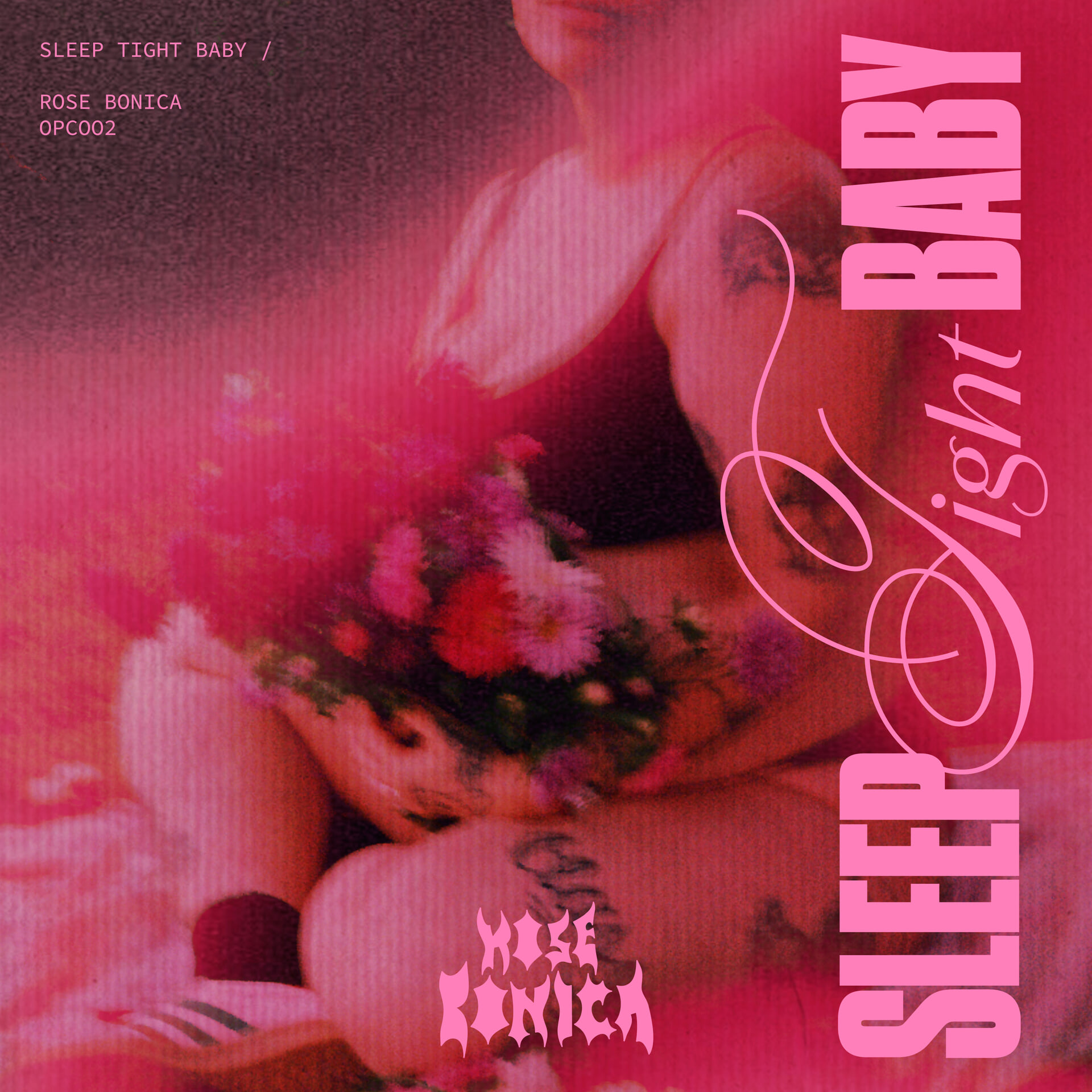
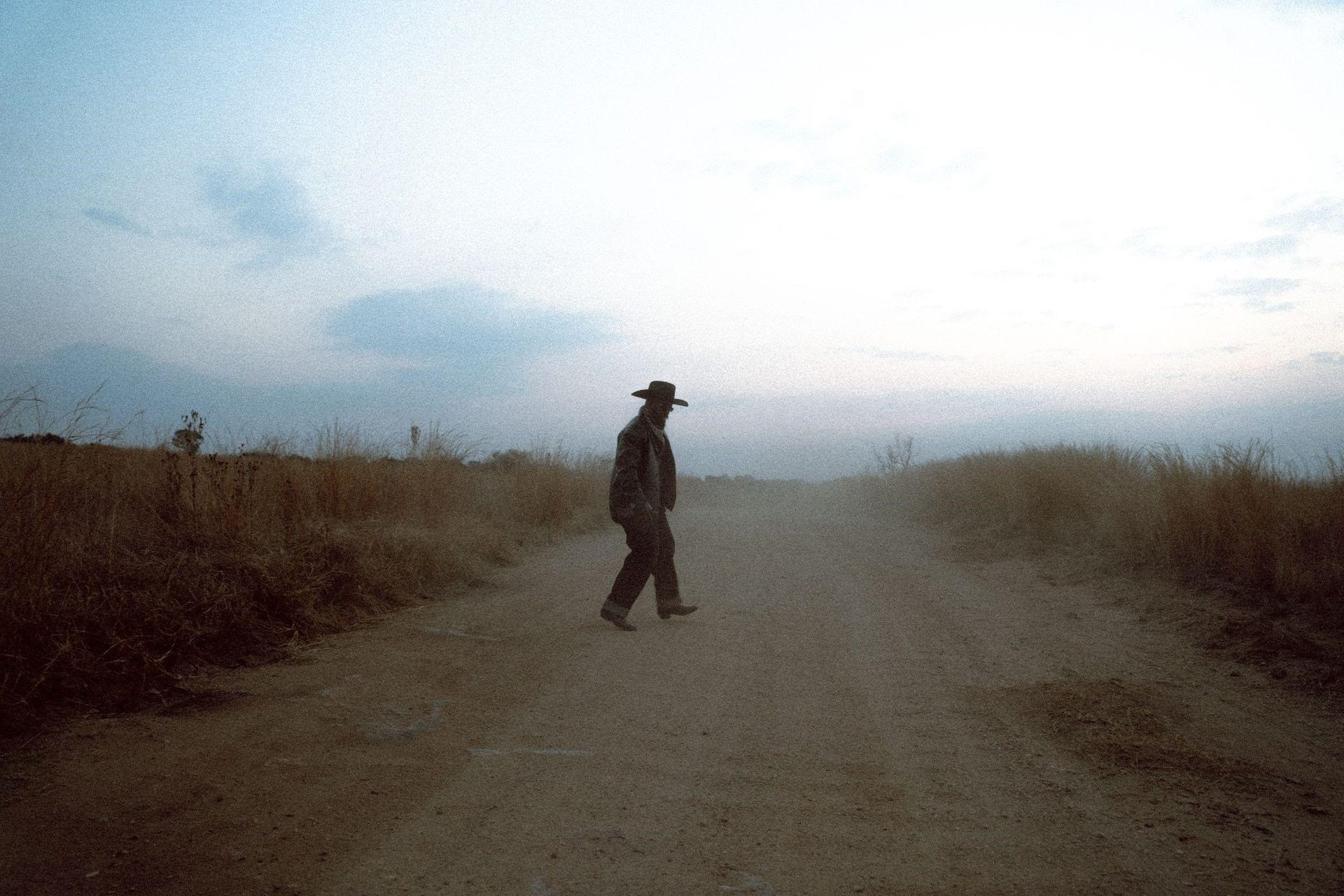




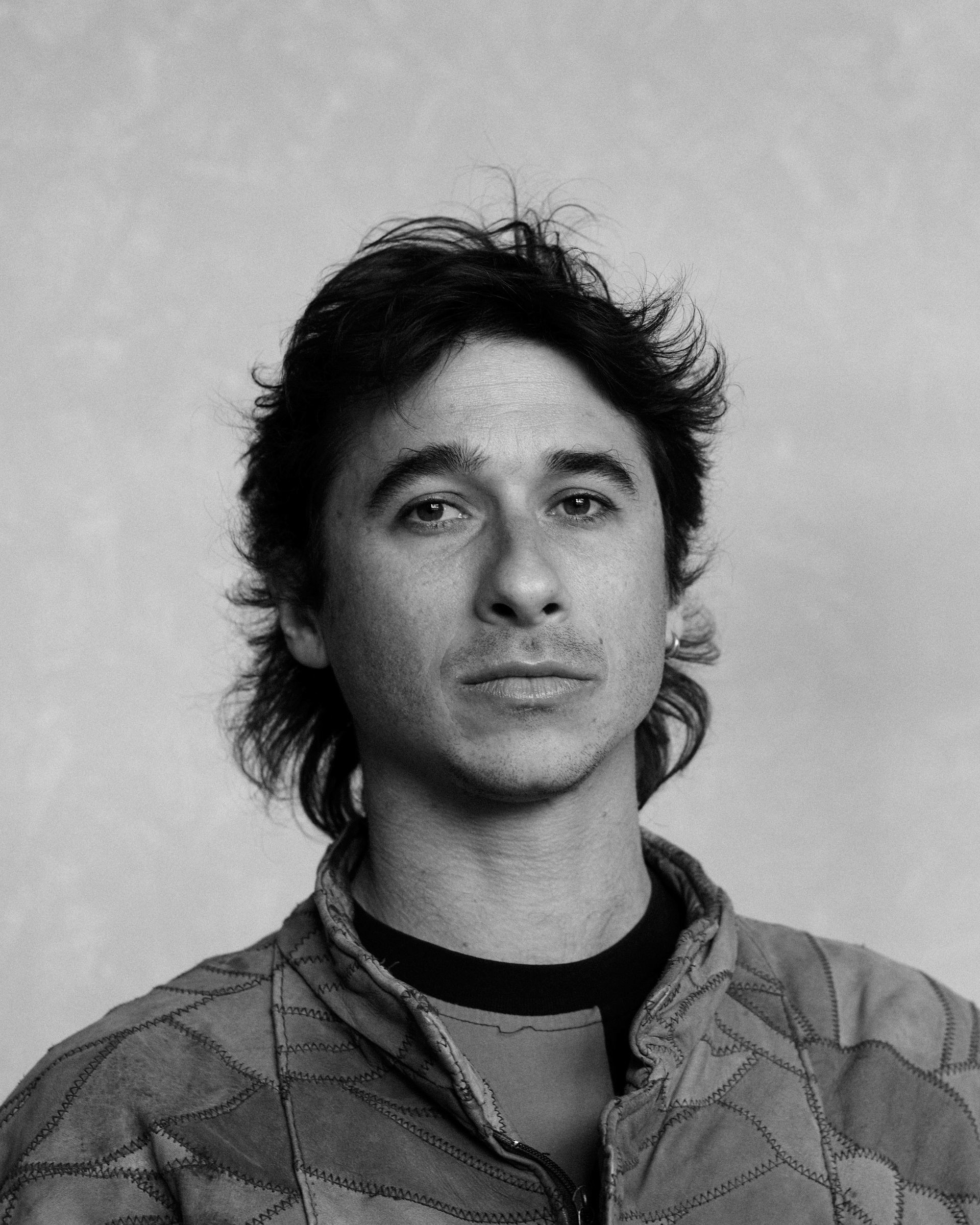
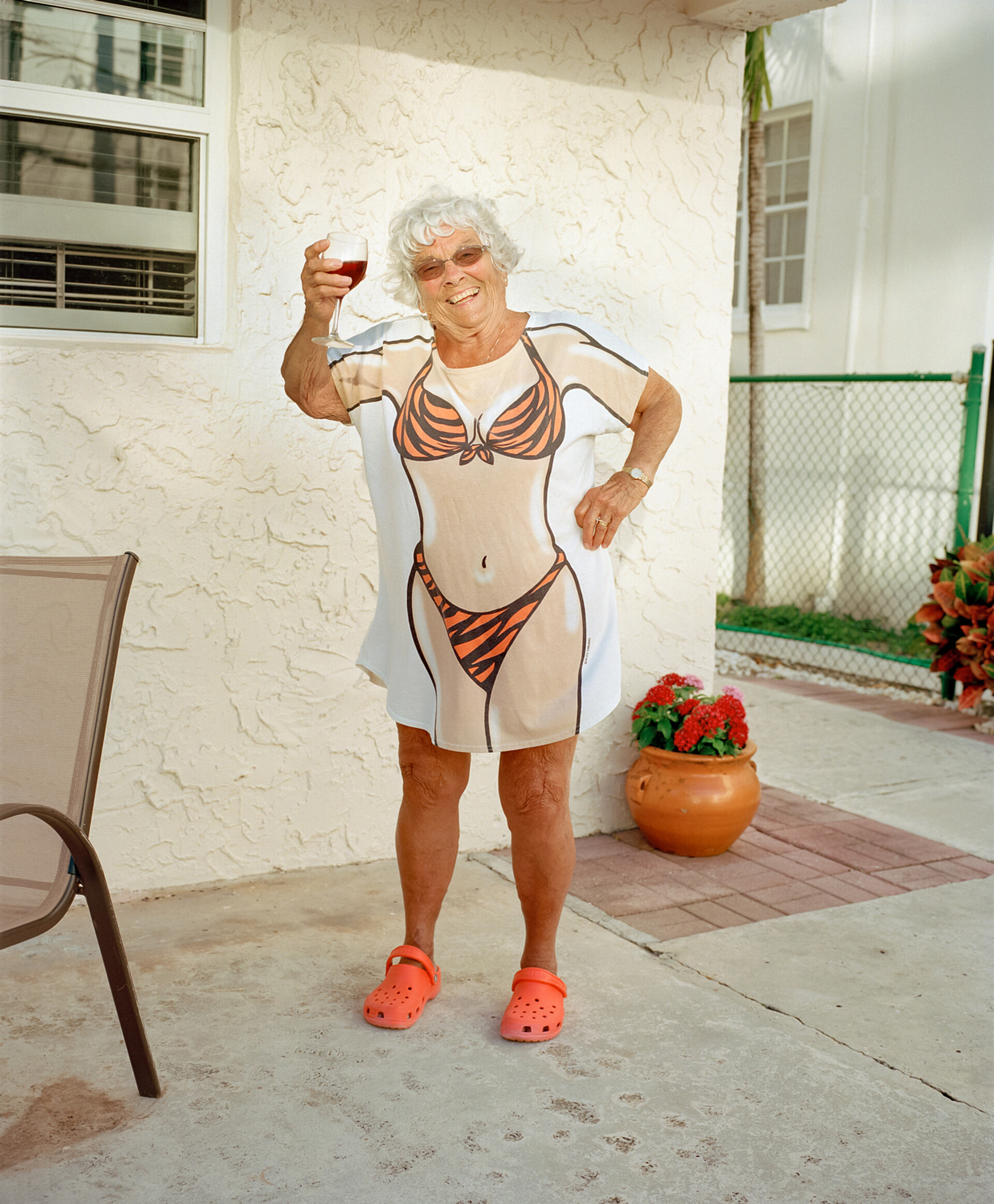
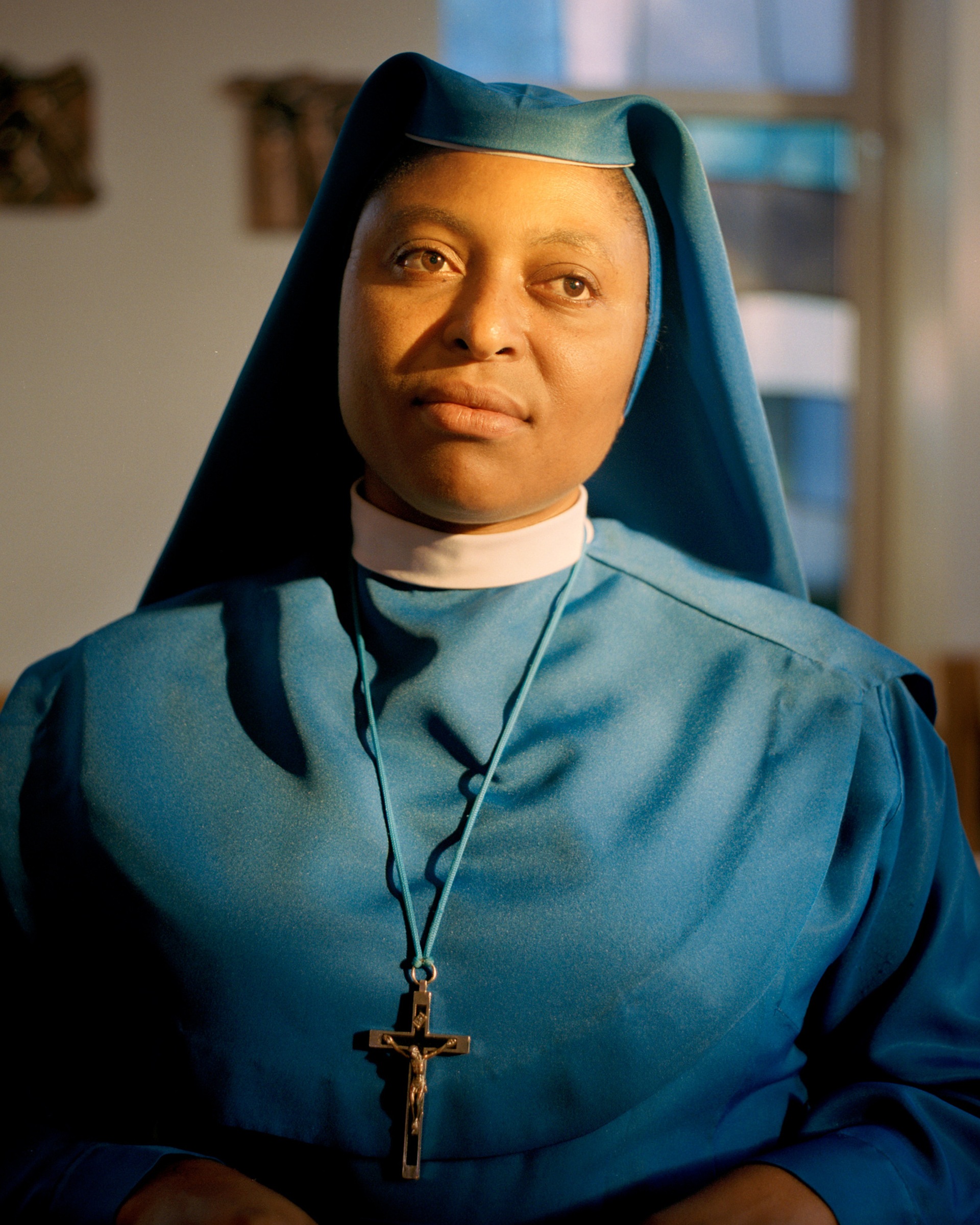
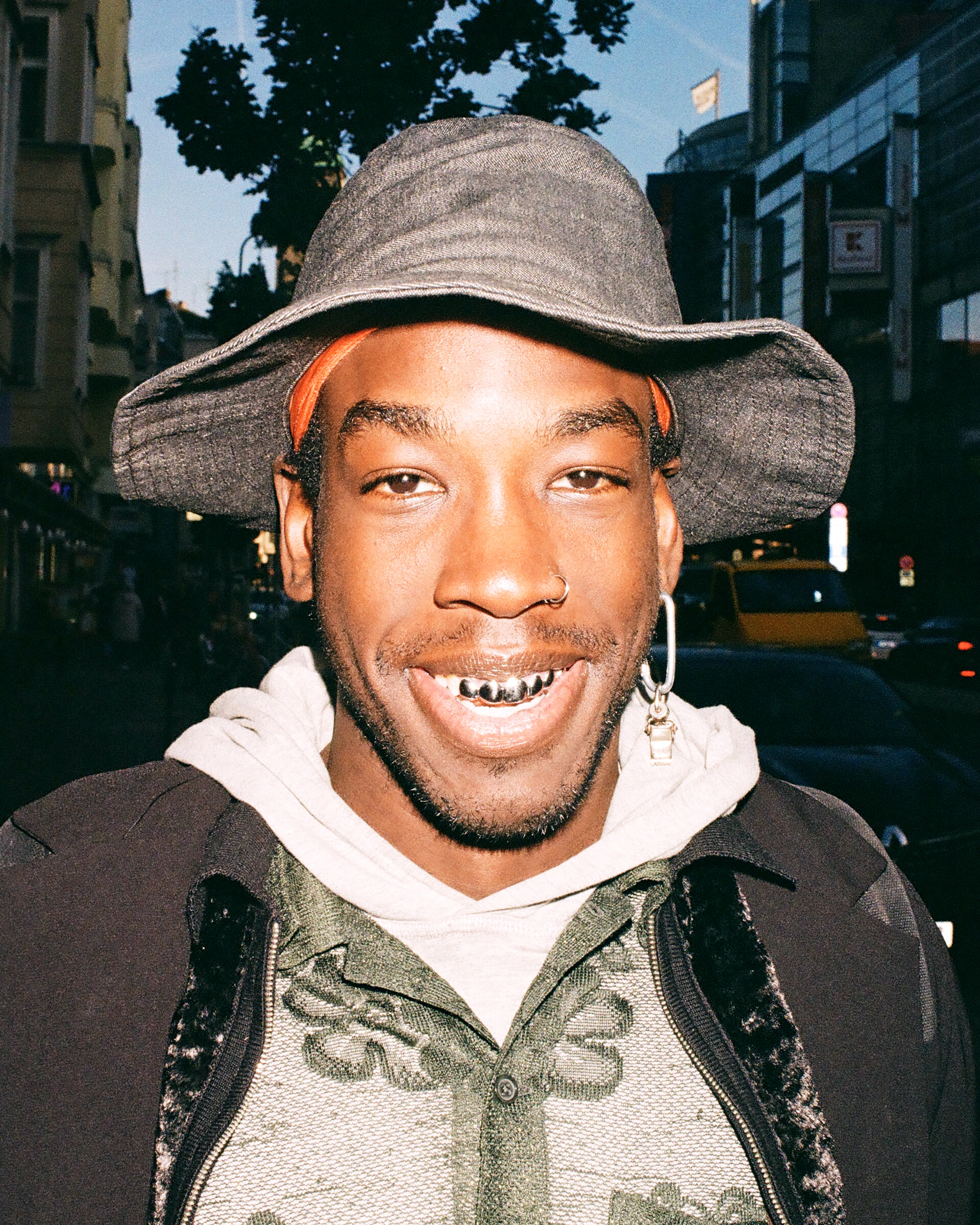
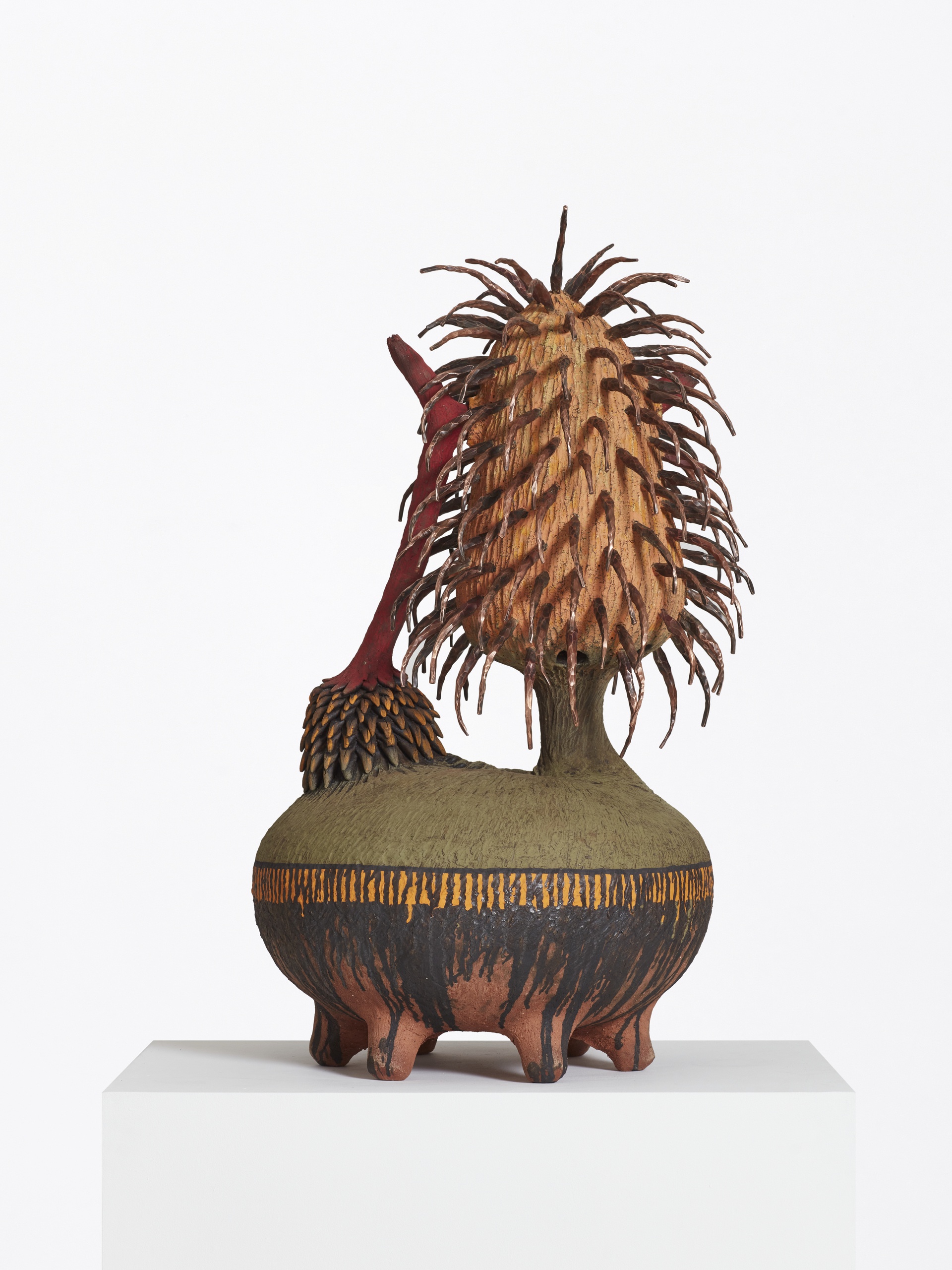
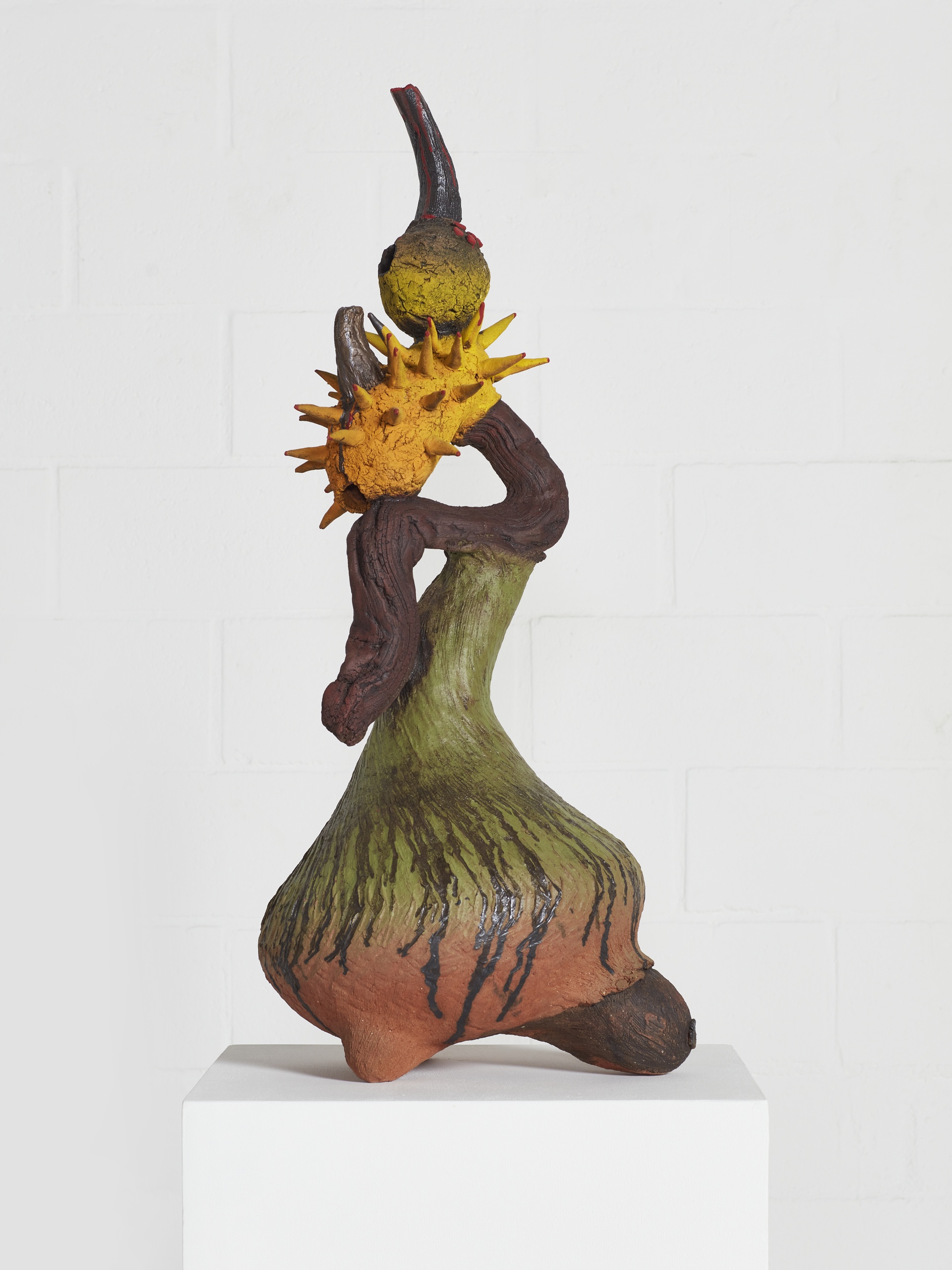
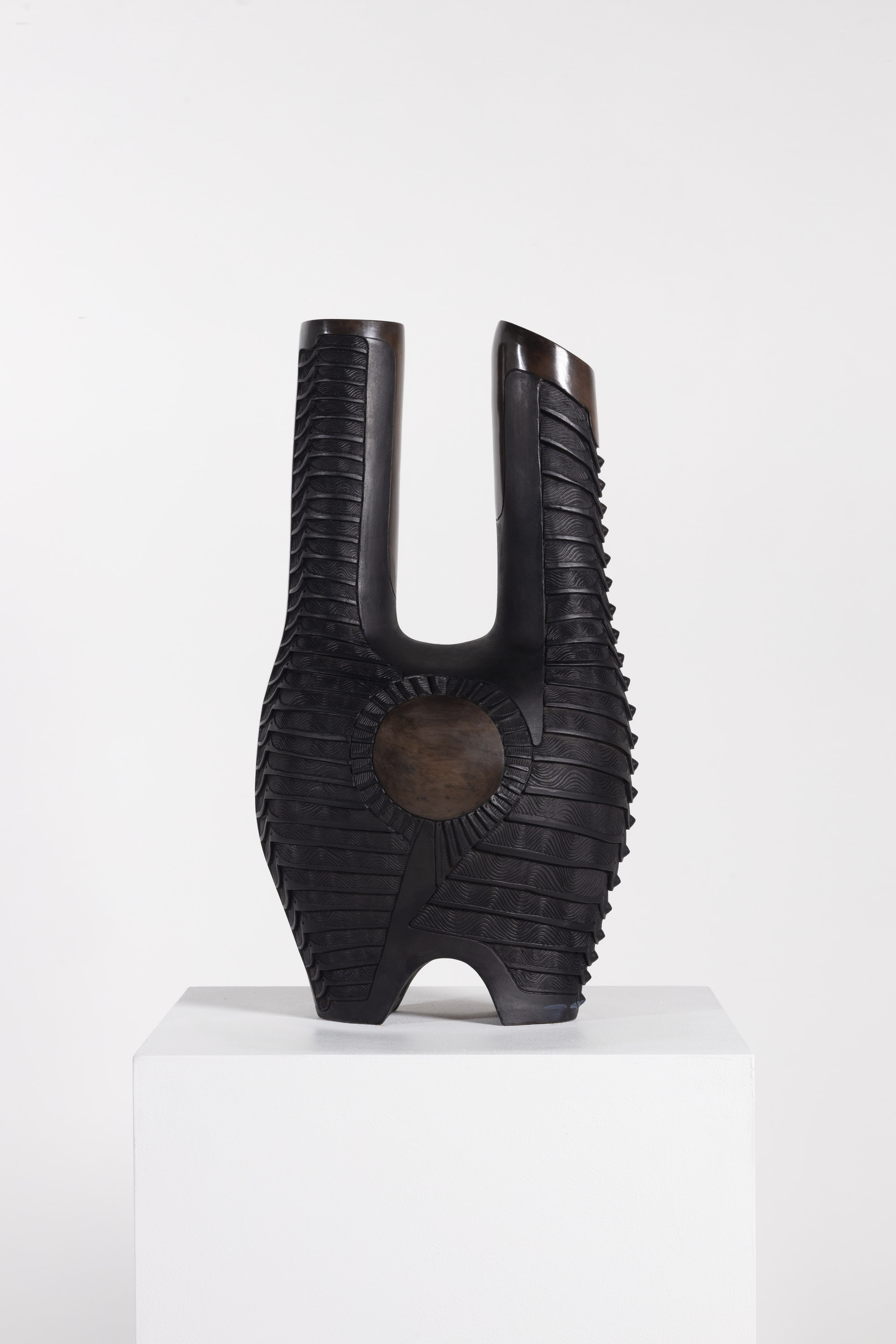
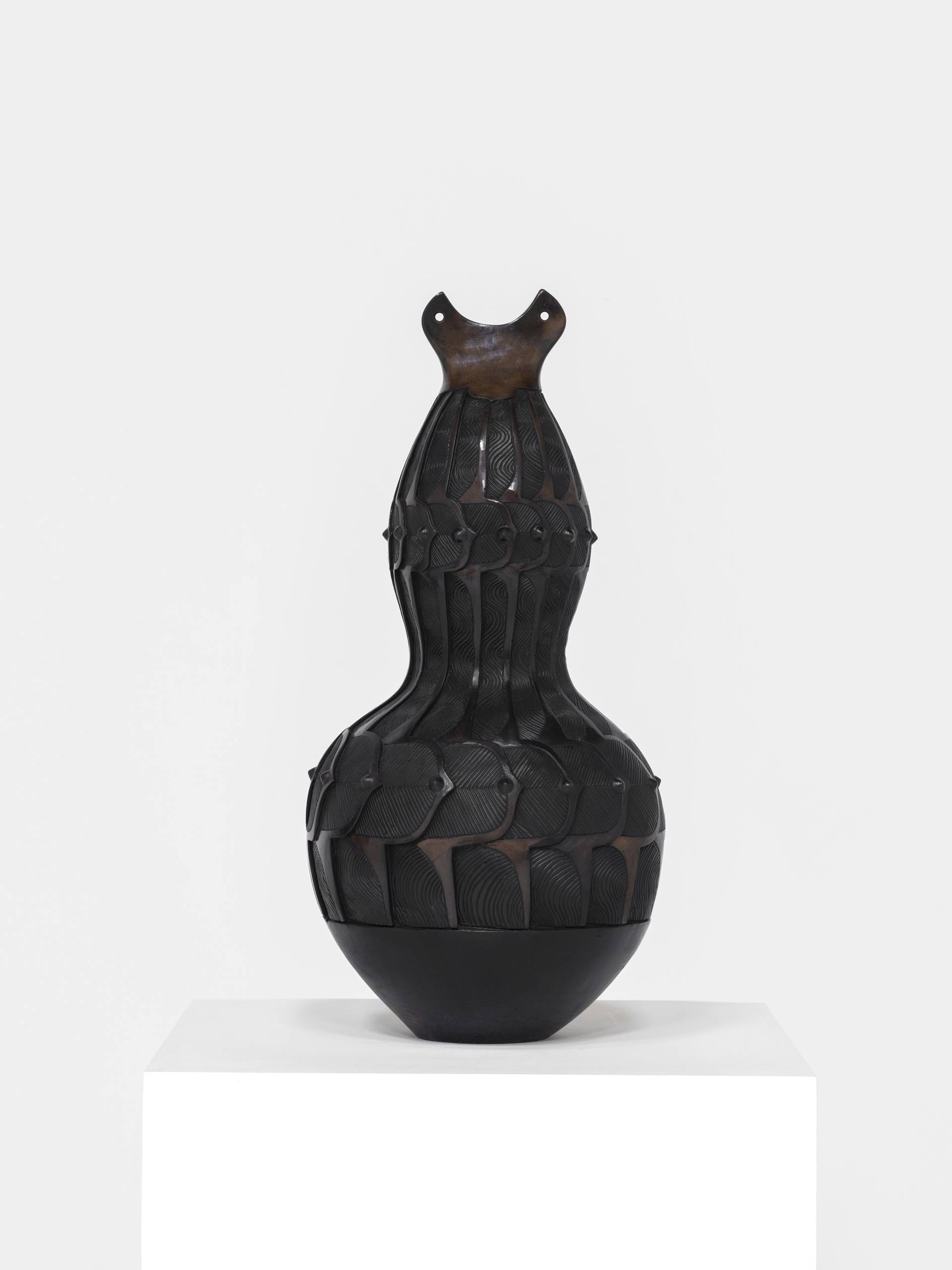
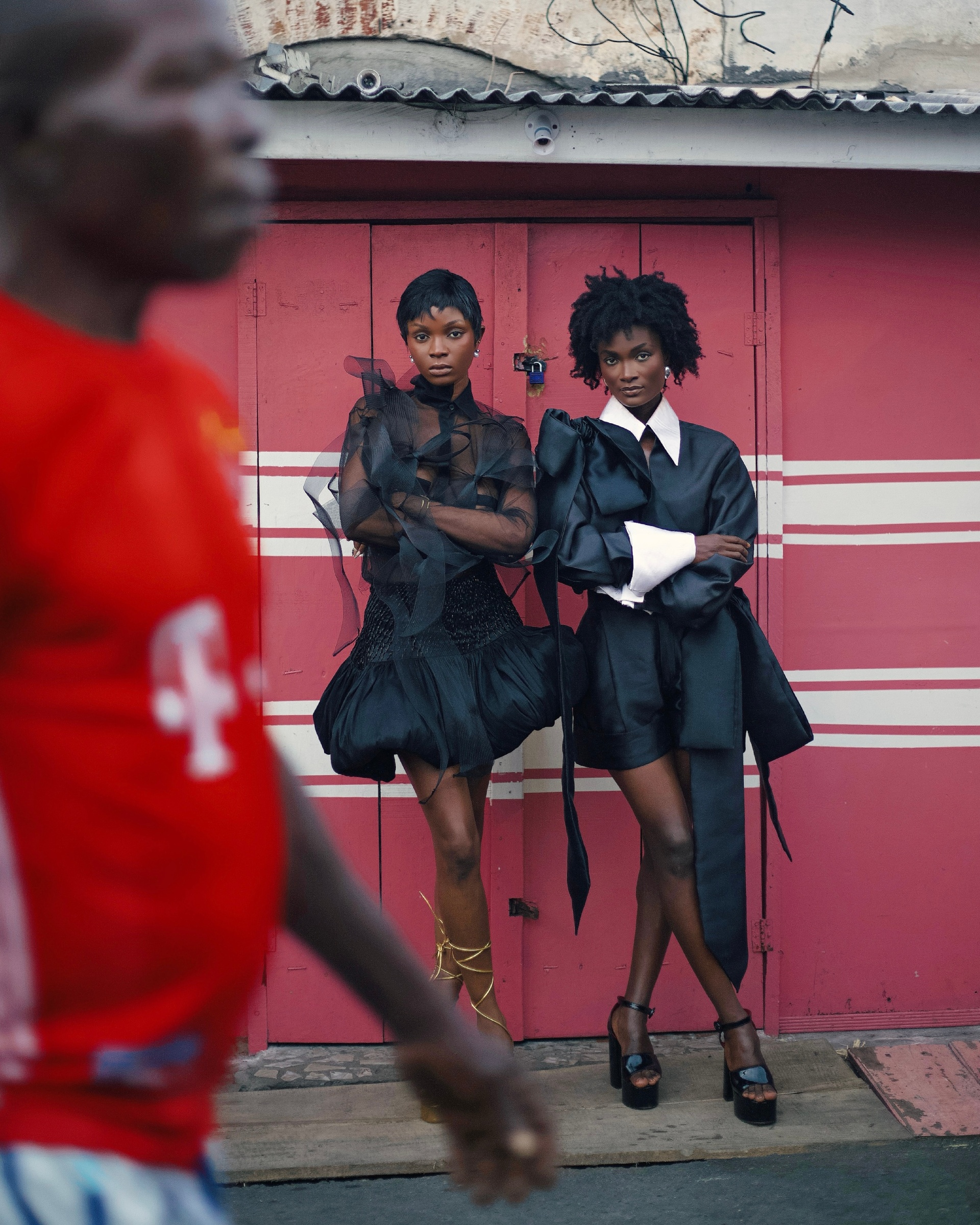






Recent Comments